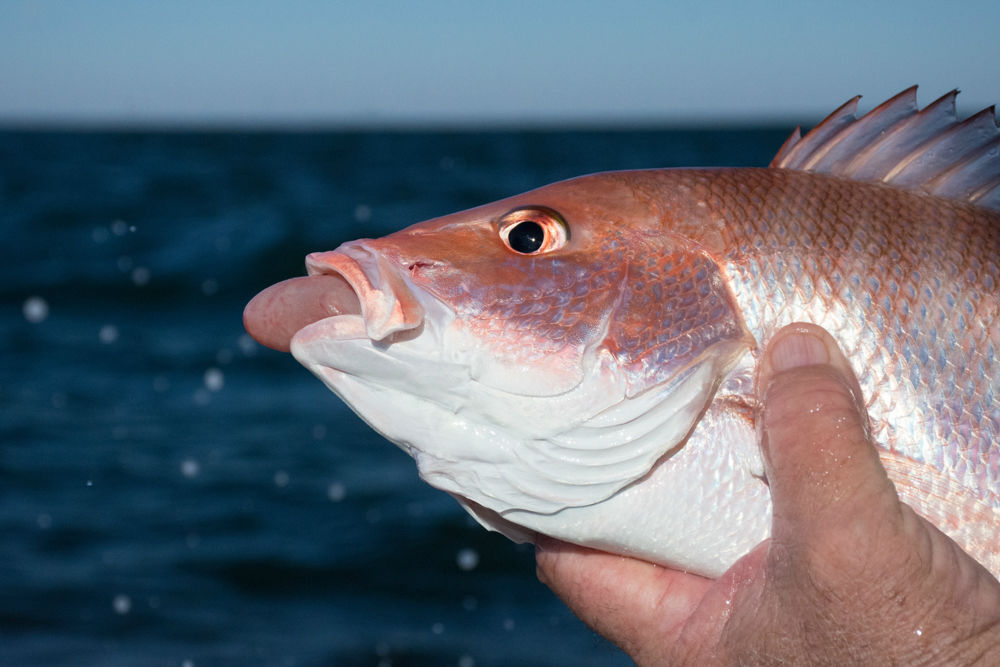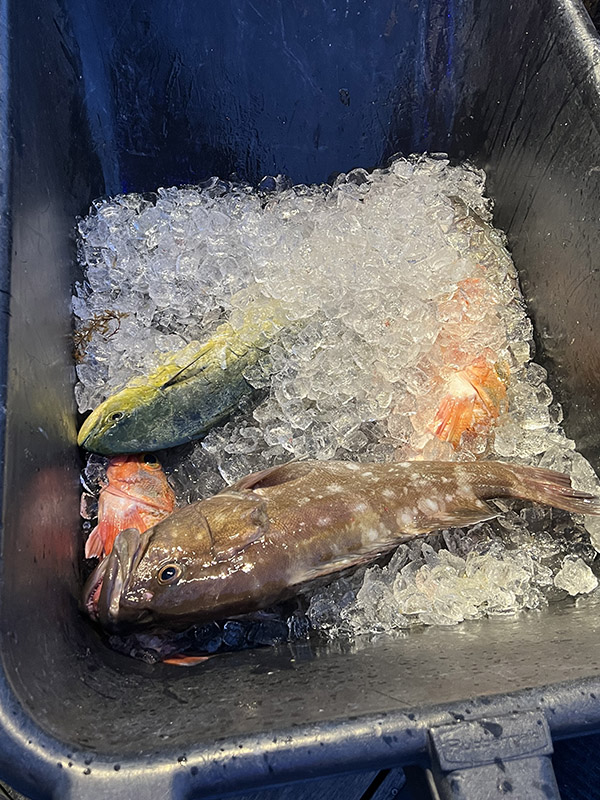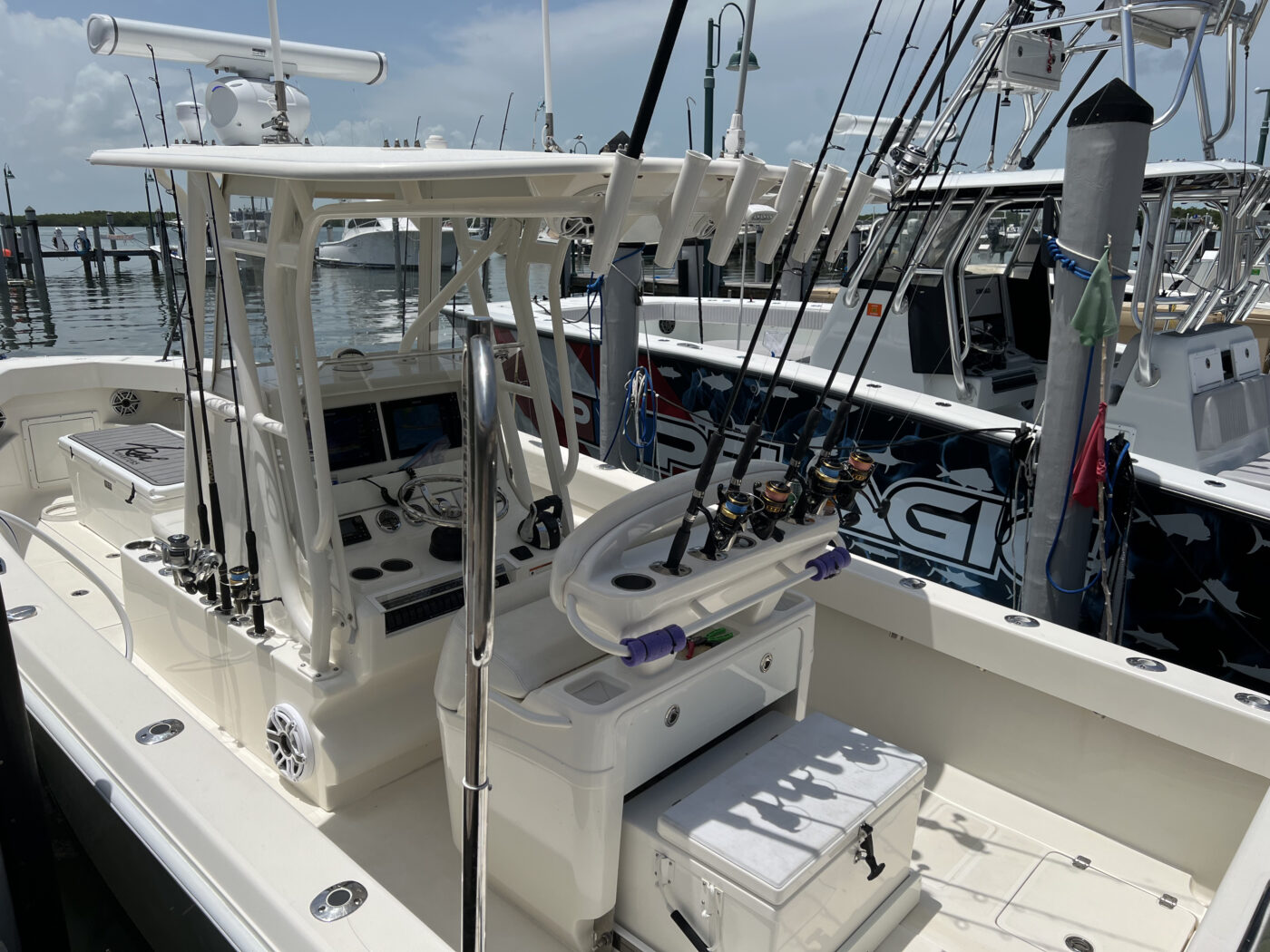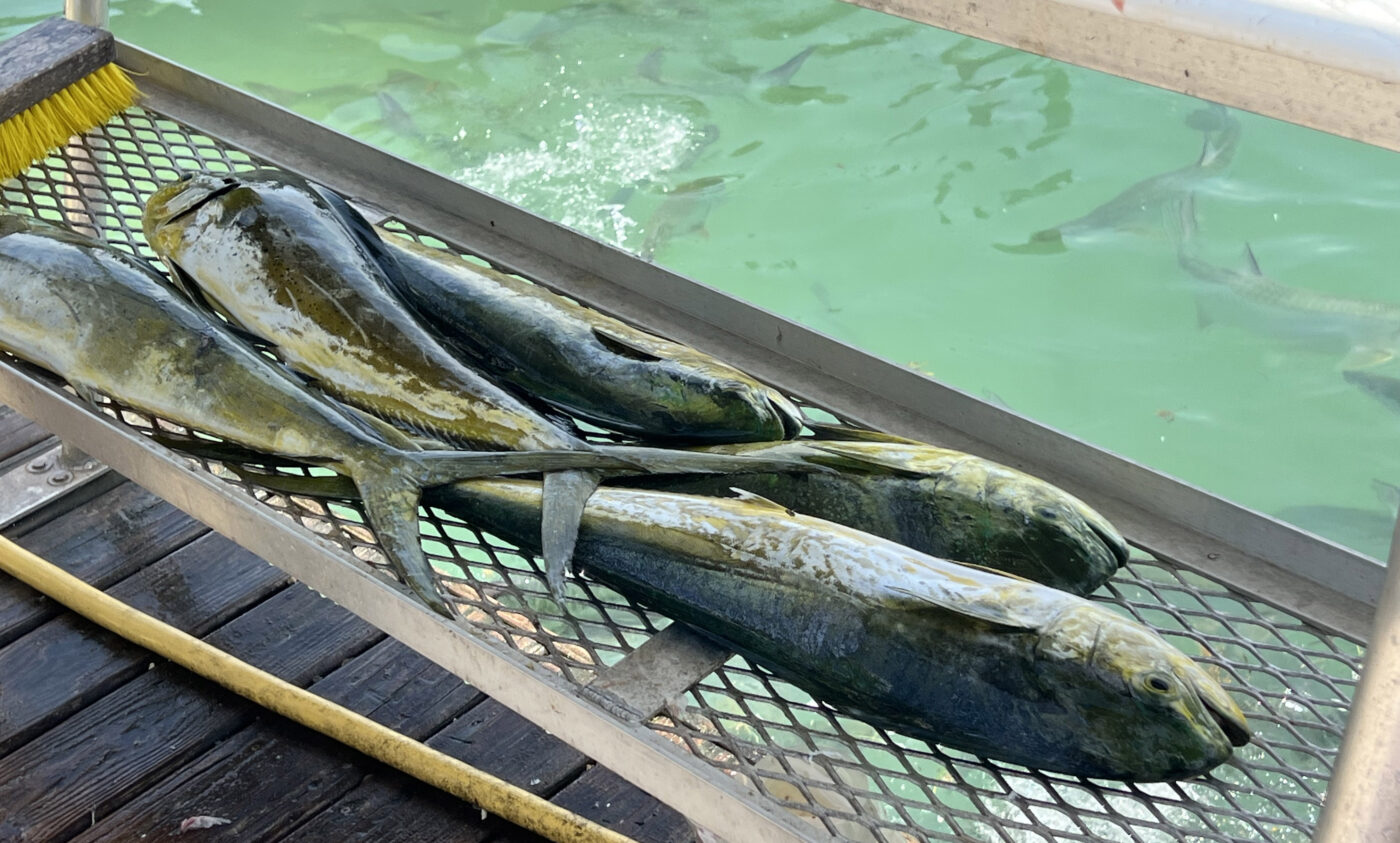South Atlantic Council Moving Forward to Address Red Snapper and Reduce Release Mortality in Snapper Grouper Fishery

The South Atlantic Fishery Management Council will continue to develop measures to revise catch levels for Red Snapper and help reduce release mortality for all species managed in the Snapper Grouper Fishery Management Plan. Reductions in catch levels for Red Snapper are required to end overfishing. The most recent stock assessment for Red Snapper shows the stock remains overfished and is undergoing overfishing, primarily due to the increasing number of fish that die after being released throughout the year as the stock continues to rebuild. Council members considered public input and recommendations from the Snapper Grouper Advisory Panel during discussions at the Council meeting last week in Key West, Florida. The measures are proposed in Regulatory Amendment 35 to the Snapper Grouper Fishery Management Plan and would apply to federal waters off the coasts of North Carolina, South Carolina, Georgia, and the east coast of Florida.
Among measures the Council is considering to reduce release mortality for the snapper grouper fishery are gear modifications, seasons, and area closures. Options for gear modifications include disallowing the use of electric reels (exceptions would be made for individuals with physical disabilities) and requiring single hook rigs for the recreational sector. Alternative timing for the Red Snapper recreational season, options for a recreational snapper grouper season, and periodic area closures for the snapper grouper fishery could also be considered. Council members requested additional information and analyses and will continue discussion during the September 2022 meeting.


While not specific to Regulatory Amendment 35, Council members also stressed the need to expand outreach and education efforts for Best Fishing Practices, including the use of descending devices, proper handling, and other measures to improve the likelihood that released fish survive.
The Council approved two amendments for public hearings. Snapper Grouper Amendment 51 includes measures to end overfishing for Snowy Grouper. A reduction in harvest of approximately 43% is needed to end overfishing. In addition to modifying catch limits, the amendment proposes to revise sector allocations using updated recreational landings, shorten the current recreational season (May 1 – August 31), and modify recreational accountability measures.
Snapper Grouper Amendment 52 includes proposed management measures for Golden Tilefish and Blueline Tilefish. The amendment allows for an increase in catch levels for Golden Tilefish based on the most recent stock assessment and would modify the recreational bag limit, season, and accountability measures for Blueline Tilefish. Public hearings for both amendments will be scheduled for later this summer via webinar and also held during the Council’s September 2022 meeting.
After considering public comment and recommendations from its Snapper Grouper Advisory Panel, the Council modified management measures proposed for Greater Amberjack through Snapper Grouper Amendment 49.
The stock is not overfished and overfishing is not occurring, allowing for an increase in catch levels. An action to increase the recreational minimum size limit from 28” fork length was removed from the amendment. Actions to revise catch levels and sector allocations, reduce the commercial minimum size limit, modify commercial trip limits during split seasons, and revise the April spawning season closure remain. The Council will address the amendment again during its September meeting where the amendment is scheduled to be voted on for final approval.
Other Actions
Council members continued to hear concerns about the Dolphin fishery from fishermen and stakeholders. The Council is responsible for management of Dolphin in federal waters from Maine to the Florida Keys. Given the broad management area, expansive seasonal migratory patterns, and relatively short life span, management of Dolphin presents a unique challenge. To help the Council address these challenges, NOAA Fisheries Southeast Fisheries Science Center presented plans to begin work on a Management Strategy Evaluation (MSE) for the Dolphin fishery. The project goal is to develop an index-based management procedure that may provide more robust analytical support for catch levels and management evaluations for the fishery. The Council prioritized collaboration on the project, including assisting with stakeholder meetings to be held this summer and fall.

The Council is continuing to develop Regulatory Amendment 3 for the Dolphin Wahoo Fishery Management Plan with options to modify the applicable geographic range of the minimum size limit for Dolphin as well as recreational bag and vessel limits. The Council will address Dolphin management during its December 2022 meeting.
During last week’s meeting, the Council received key findings from an initial program evaluation plan for its Citizen Science Program as well as project updates. The Citizen Science Program’s SAFMC Release Project allows fishermen the opportunity to provide information via a mobile app about releases of shallow water grouper species and Red Snapper. Additional information is available from the Council’s website: https://safmc.net/citizen-science/safmc-release/.
Additional information about the June Council meeting, including committee and Full Council reports, is available from the Council’s website at: https://safmc.net/events/2022-june-council-meeting/. The next meeting of the South Atlantic Fishery Management Council is scheduled for September 12-16, 2022, at the Town and Country Inn in Charleston, South Carolina.